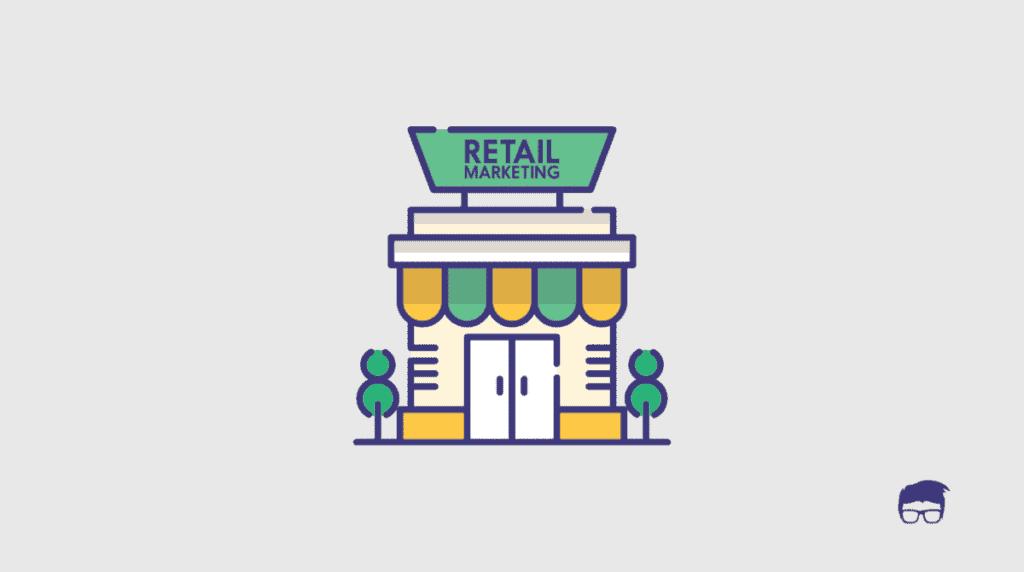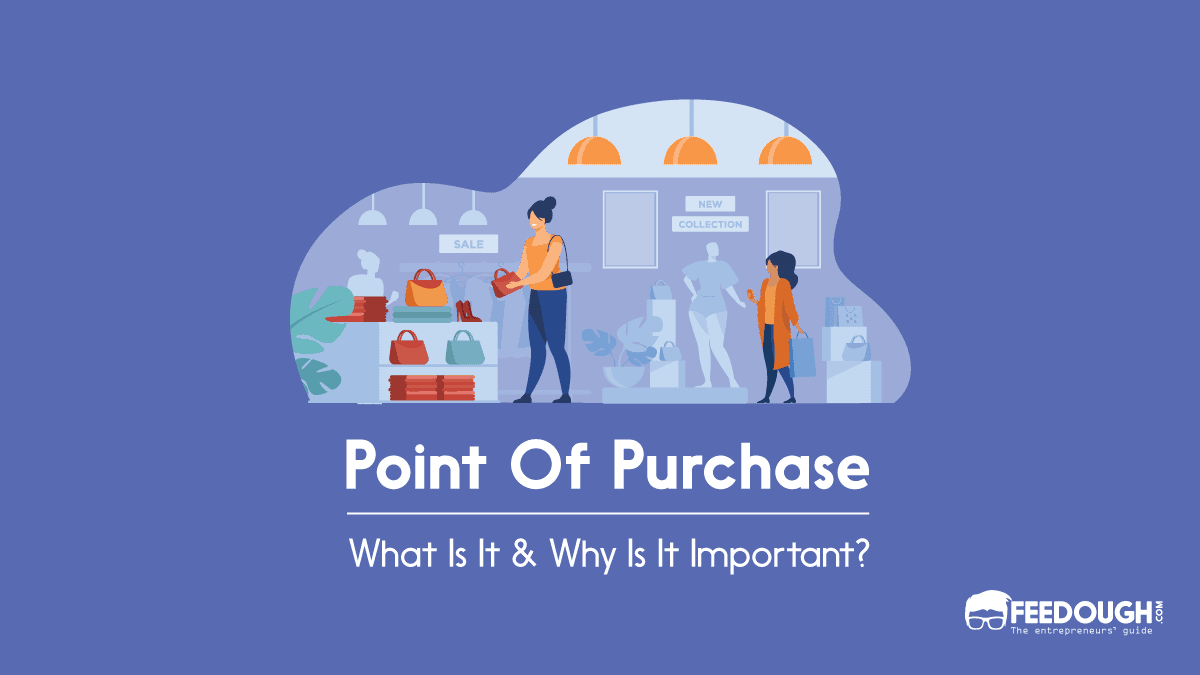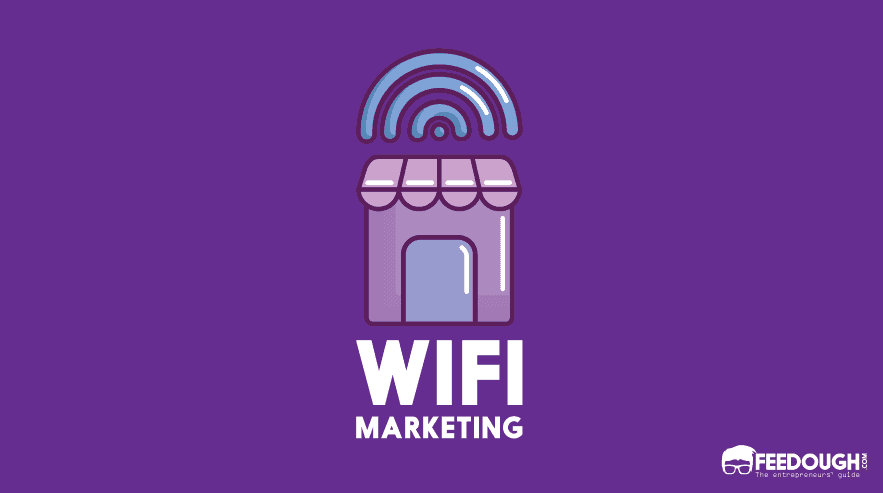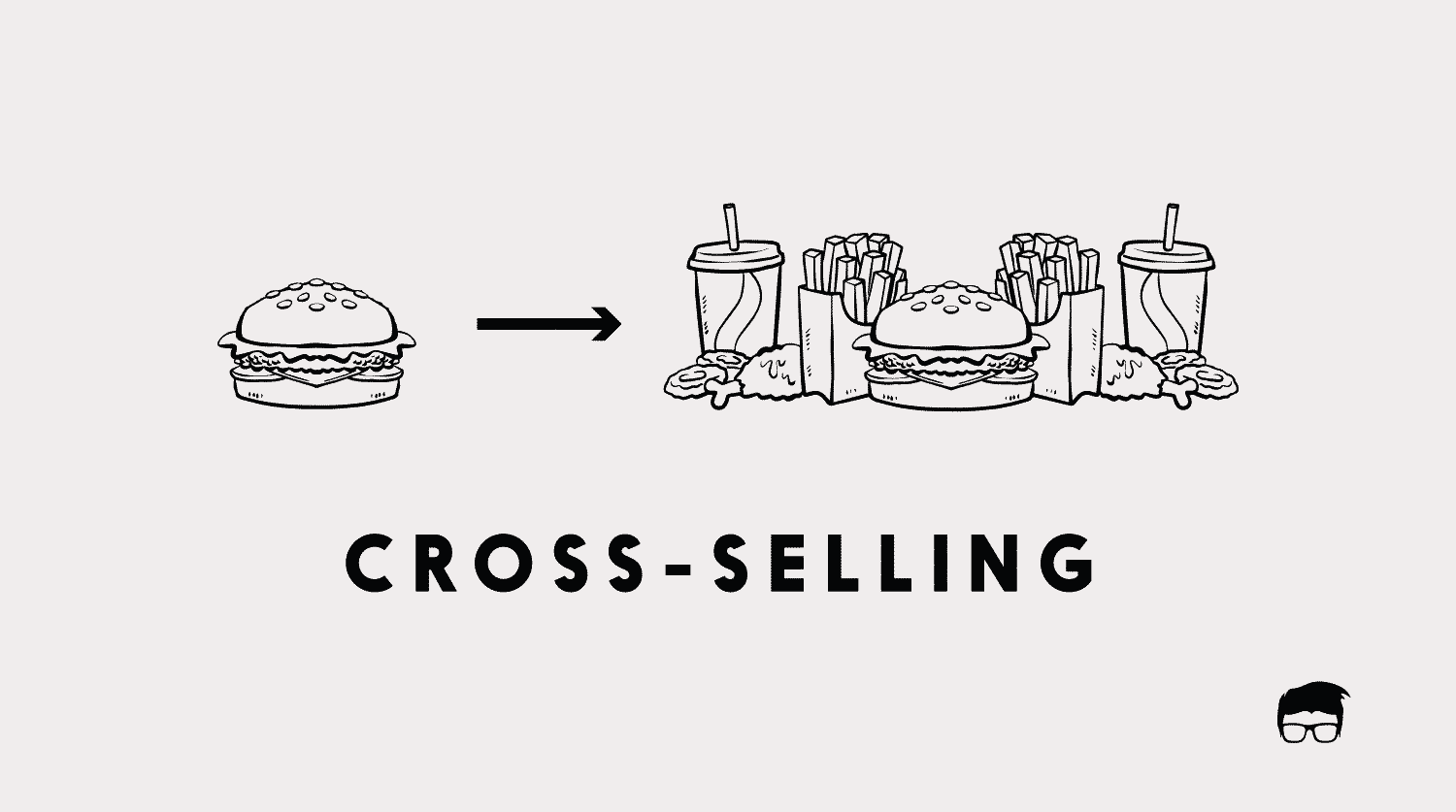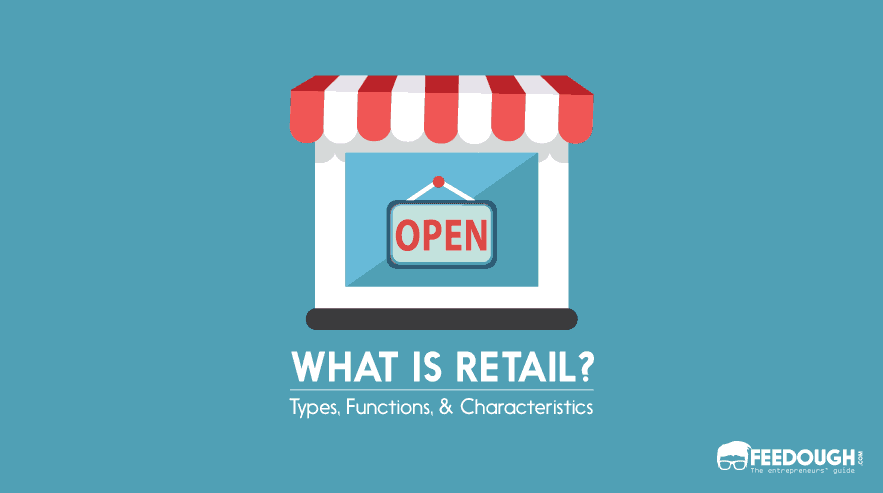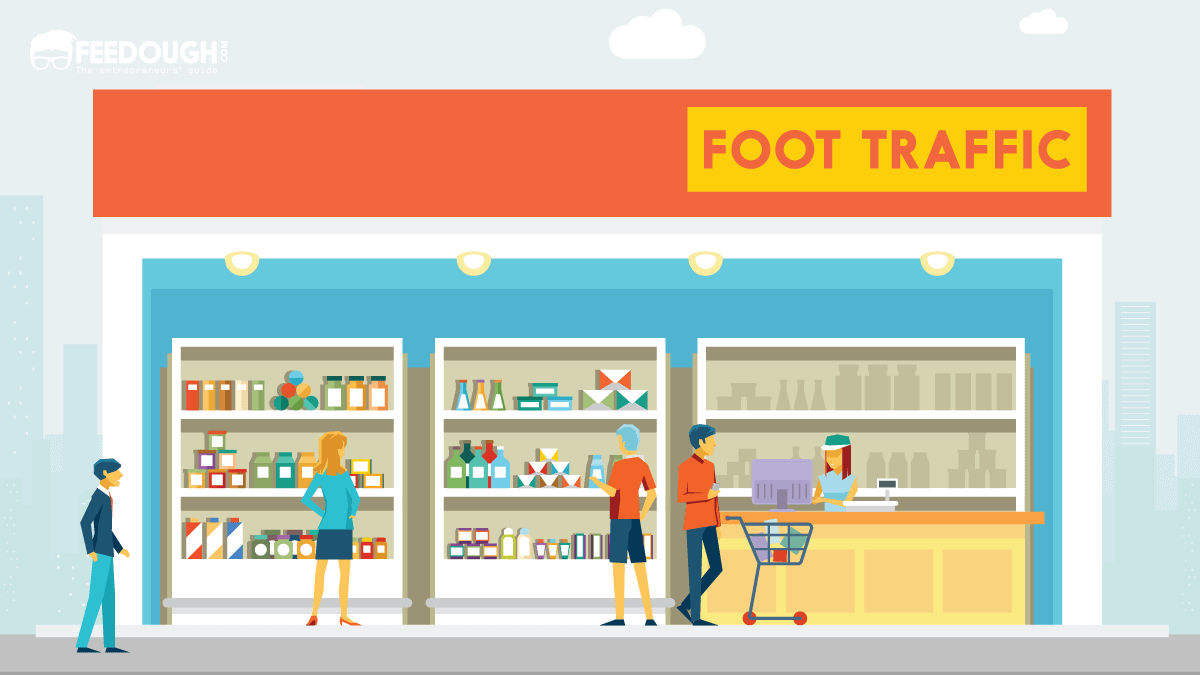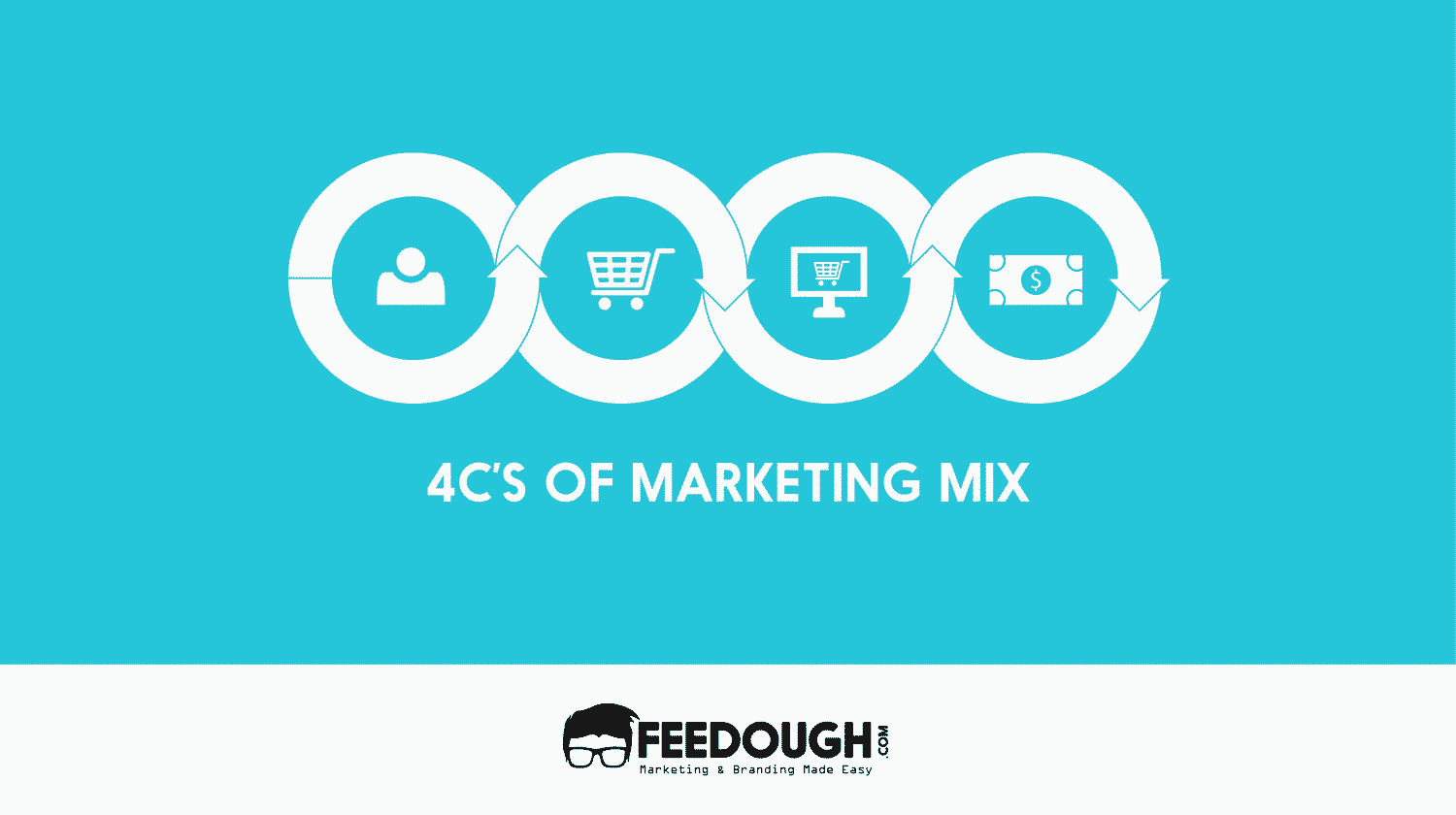Let’s gather some data. Wear some comfortable clothes and go for research to your nearest supermarket store. Don’t forget to carry your notepad and pen.
Your job? To note everything about the demographics of customers visiting each section, about what all is kept at the eye-level of the customers and what’s above or below, what all did they check before putting the product in the basket or before putting it back, why did they choose the specific product, and what is kept in front of the entrance and at the billing counter. Also note the price, quantity, discounts, and in-store advertisements of the branded and the store-owned products.
Oh, by the way, did you get a welcome greeting while entering and exiting the store?
Everything we just talked about forms a small proportion of the big retail marketing strategies of the retailers.
What Is Retail Marketing?
Retail marketing refers to the range of activities undertaken in the retail store by the retailers as well as the brand to promote the products to the customers in order to generate awareness, interest, and sales.
In simple words, everything from the interior and exterior of the retail store, to in-store advertisements, product placements, offers and promotions, and the behaviour of store representatives comes under retail marketing.
Retail Marketing Examples
Ikea is often cited as the best example of implementing great retail marketing strategies. The company designs its stores as mazes to stop shoppers to leave the store and end up buying more.
Another example of smart retail marketing is Aldi which focuses on operating small stores, stocking up store-owned brands, using in-store offers 24x7x365, and stocking up products in their original shipping containers.
Retail Marketing Strategies
Different retail marketing strategies can be planned and employed for different types of retail outlets. The elements which should be considered while crafting a retail marketing strategy are:
Target Market: The market segment which the retail outlet caters to.
Retail Format: It’s the retail mix of the retailer and the type of the store (ownership-based, franchise-based, discount-store, etc.)
Sustainable Competitive Advantage: An advantage over the competitors.
The main objective of the retail marketing strategy is to differentiate the retail store from the competition by setting up and promoting a sustainable competitive advantage which leads to increased sales.
The contours of the retail marketing strategy include:
Retail Branding
Setting up a good brand name, logo, and positioning of the retail store is among the topmost priorities of a retail marketer. Customers are more motivated to buy a product from a branded retail store than an unbranded one.
Price Drops
A great way to attract customers is to provide the same quality (and quantity) of goods at a lesser price than the competition.
Limited Period Discounts & Offers
Limited period discounts and offers increase the sales temporarily and can help in word of mouth marketing and getting more customers (and returning customers).
Strategic Placements
Strategically placing items to where the customers are most likely to buy them is a great strategy to increase the sales. A perfect example is the placement of small inexpensive products (also called parasites) at the billing counter.
Strategic Store Design
The store design is the first touchpoint for the customers. The store designed for the people it serves to performs better than the one which isn’t. A colourful and kids-friendly products placement suits a toyshop while classy look and colours suit a store selling men’s suits.
Visual Merchandising
The better it looks in the store, the more chances are that the customer will buy it. Smart visual merchandising strategies help increase sales substantially.
Loyalty Programs
Loyalty programs are designed for better company-customer relationships. These programs involve exclusive discounts and offers for regular customers.
Strategic In-Store Advertisements
People often prefer the advertised brand over the non-advertised brand in the store. Strategic placements of such advertisements can substantially increase the sale of a specific brand or a product.
Training Employees To Be Smarter
Retail store employees play a very important role in the decision-making process of customers. They can make or break a product decision of the customer with the help of their relationship and selling skills.
Retail Marketing Importance
The traditional dependency of retailers on manufacturers has been reversed. Today’s retailers have their own brand, their own loyal customers, and even have the power to sell, to upsell, to cross-sell, or to downsell any product using smart retail marketing strategies.
Smart retail marketing strategies help the retailers enhance the customer’s journey in a retail store and make him perceive that his money is spent on the right products.
- A good retail shopping experience motivates the customers to buy a product even when they have no intention to do so.
- Shopping from a branded retail store generates a feeling of satisfaction and confidence among the customers.
- Strategic placements and strategic store design improves the customer’s experience and help the retailers sell the products which provide them with the most profits.
- Purchasing during limited period offers make the customers feel they have achieved a great feat by saving money.
Retail Marketing: The Changing Scenario
The retail industry is not the same as it was 20 years ago. There is an increase in the disposable income of the customers, their lifestyle has improved, and the intervention of the internet in commerce has caused much instability in the retail sector. Even the venture capitalists now prefer startups with the eCommerce business model than business models involving traditional distribution networks.
This has put much pressure on the marketers and retailers to increase sales in the retail stores, which eventually has led to more focus on the customer experience. Strategies are formed to improve the relationships with the customers and to make their stay in the store as hassle-free as possible.
Walmart takes its slogan “satisfaction guaranteed” very seriously. The company trains its employees to greet customers, and assist them with their problem-solving attitude.
Aldi has a very impressive barcode strategy where it prints 6 barcodes on the products to scan it as soon as possible and make the customers wait for as less time as possible.
Target, the second-largest discount-retail store, started a 16,000-square-foot holiday pop-up store called Target Wonderland in December 2015.
Retail brands now focus more on neuromarketing strategies like the more focus on retailtainment, call to action promotions, and eye-level positioning strategies along with the pricing and convenience strategies to enhance customer relationships and to increase their sales.
Go On, Tell Us What You Think!
Did we miss something? Come on! Tell us what you think of this article on Retail Marketing in the comment section.
A startup consultant, digital marketer, traveller, and philomath. Aashish has worked with over 20 startups and successfully helped them ideate, raise money, and succeed. When not working, he can be found hiking, camping, and stargazing.
